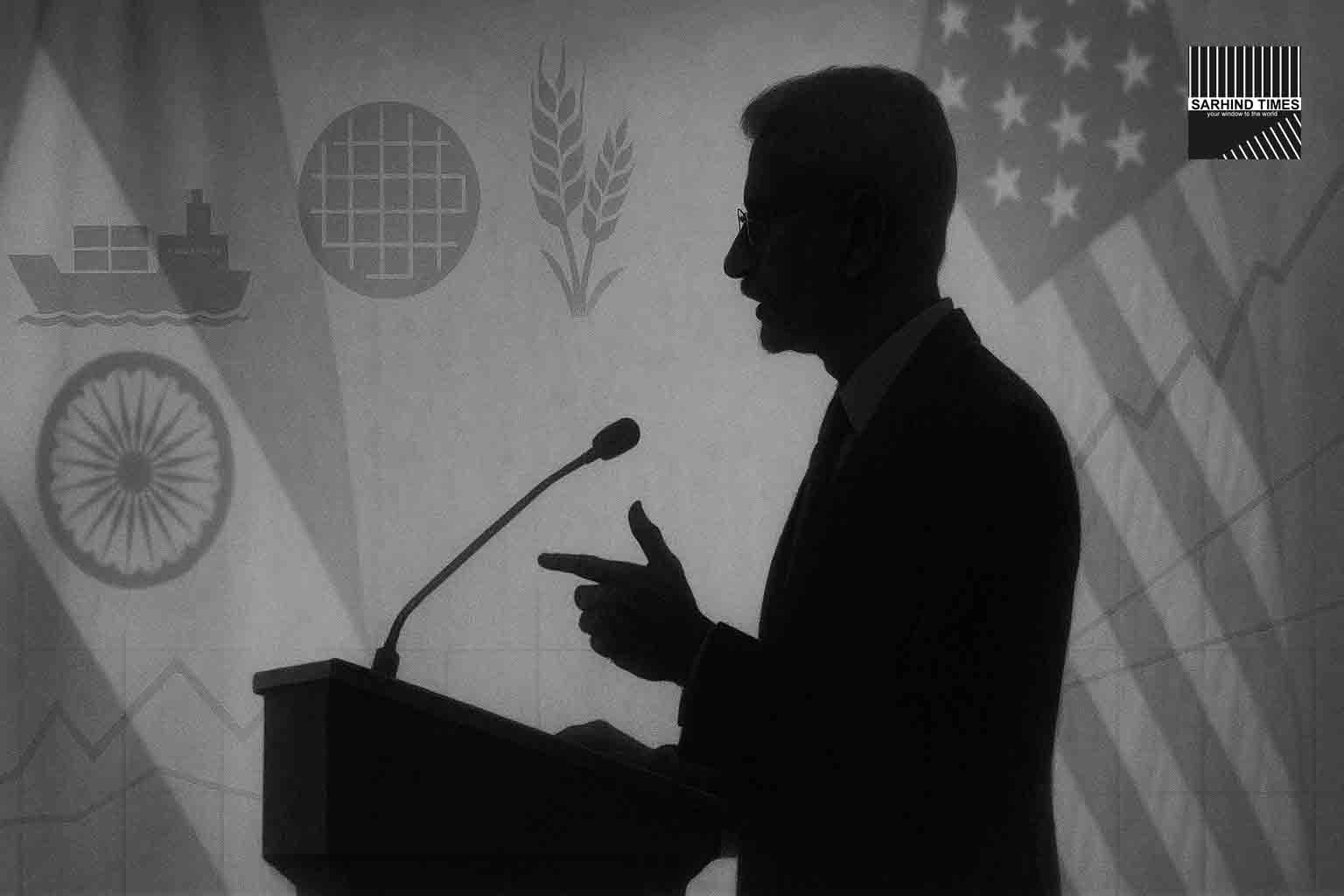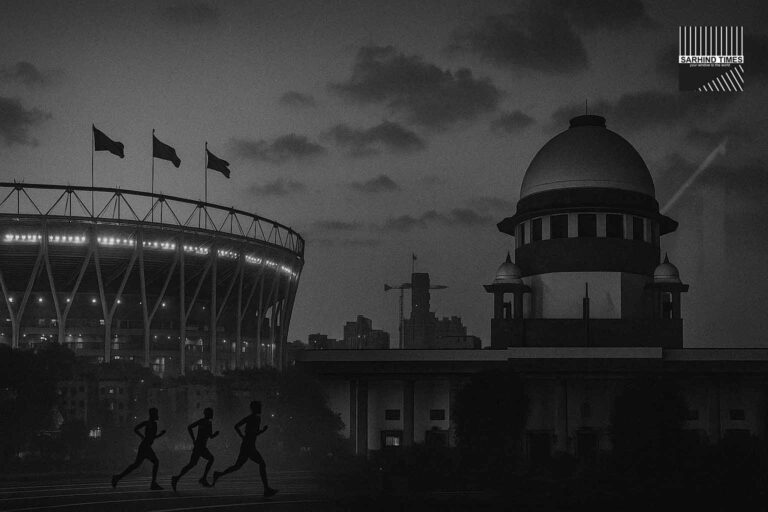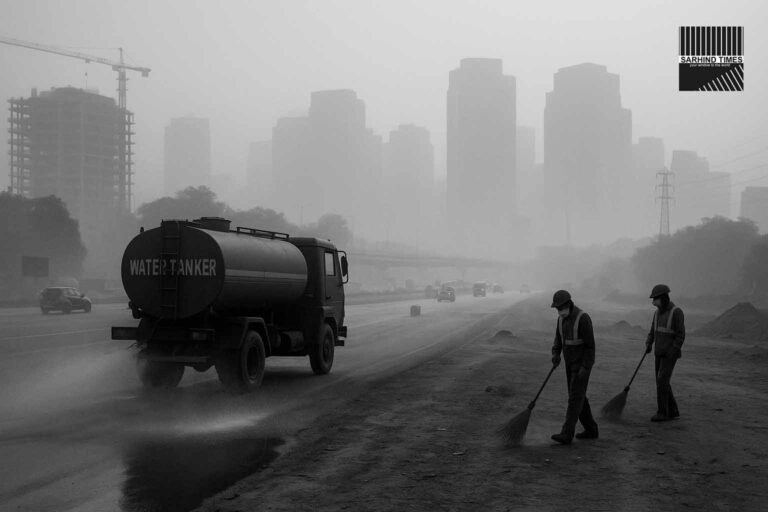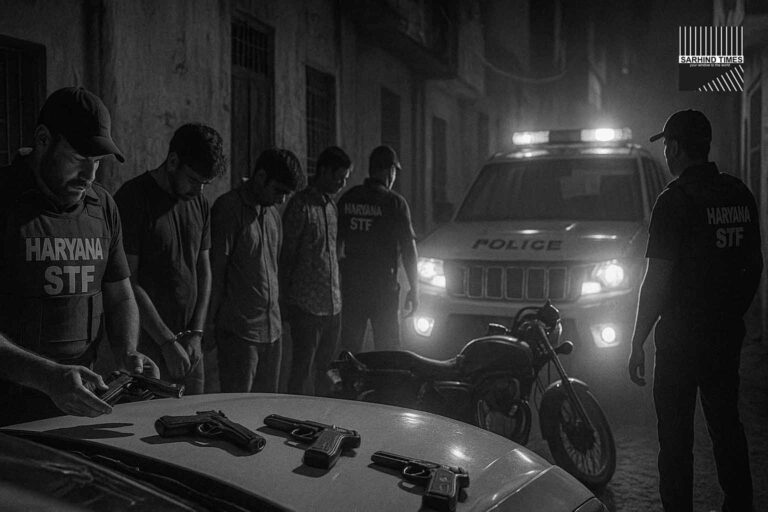GURUGRAM | Monday, October 6, 2025
The Delhi–Gurgaon Expressway, the fastest artery binding corporate NCR to IGI and beyond, has turned into one of India’s most unforgiving corridors this year. Between January and September 2025, the stretch logged 165+ crashes, leaving 80+ people dead and at least 125 injured, prompting a phase-1 safety audit that identified 45 danger spots now being marked with hazard markers, reflectors and warning signage for better night-time visibility. Critical pain points include Kherki Daula toll, Khandsa underpass, Hero Honda Chowk and Rajiv Chowk—the junctions that dominate commuter anxiety and incident logs alike.
What the audit found
Officials who walked and drove the corridor say the pattern is depressingly consistent: poorly lit curves, broken medians, missing lane markers, abrupt diversions, and sudden merges that force drivers into panic braking. Phase-1 of the audit mapped 45 high-risk points on NH-48, prioritising locations where night-time visibility and driver warning were judged most deficient. The rollout has begun with hazard markers and high-reflectivity signs at select sites—including Kherki Daula toll—to “warn earlier and slow sooner” before conflict zones, with more hardware slated as inventory arrives.
Last-mile fixes inside the city network will follow: approach roads to Khandsa and Jharsa, the Hero Honda and Rajiv underpasses, and merges where expressway speeds bleed into city traffic. A broader plan aims to cover internal arterials and service lanes that funnel vehicles into NH-48.
Where the danger clusters are
Ask any regular on this highway and a few names tumble out: Kherki Daula, Khandsa, Hero Honda, Rajiv, Shankar/IFFCO Chowk. Historically, these nodes have sat on black-spot lists due to repeated crashes within short radii. The current survey again elevates Kherki Daula toll (where U-turn controls and lane discipline remain a challenge despite earlier curbs), Khandsa underpass (visibility and speed differentials), and the Hero Honda–Rajiv belt (weaving and sudden lane changes during peak flows).
In the rainy months, incident density typically shifts towards spots with waterlogging, poor drainage and faded paint. Last month’s downpour, which submerged parts of the city and choked NH-48, previewed those vulnerabilities; the new hazard markers are intended to reduce ambiguity exactly in such conditions.
The human cost—and a decade of warnings
This year’s casualty ledger is the latest entry in a grim timeline. Over 2017–2024, the Delhi–Gurugram corridor recorded 2,238 deaths, underscoring how incremental fixes have struggled to keep pace with volume, speeds and risky behaviour. The audit’s urgency reflects that context as much as the 2025 spike.
Beyond headline crashes, police data and field notes point to familiar killers: overspeeding, wrong-side driving, distracted driving, and night visibility gaps. In September 2025 alone, Gurugram Traffic Police said they issued 16,024 challans for wrong-side driving—an indicator of how often drivers gamble with physics to save minutes.
What’s changing on the ground
- Hardware: Hazard markers, high-reflectivity chevrons and warning signs are being installed at priority black spots. Stocking of additional markers (~700 units) has been indicated to speed deployment.
- Crash-energy management: Police previously began placing tyre-stack crash barricades at problematic curves to slow vehicles and soak up minor impacts; that plan is expanding as new danger points are confirmed.
- Geometry & access control: The Kherki Daula U-turn closure earlier this year demonstrated that small geometry tweaks can drastically cut conflicts if consistently enforced. More such moves are on the table for unruly merges and illegal cuts.
- Data-first enforcement: Black-spot mapping will inform camera placement, laser-gun enforcement in evening windows, and wrong-side driving crackdowns in service lanes feeding the expressway.
Rain on the radar: why tonight matters
The IMD has placed Delhi–NCR under a yellow alert for Oct 6–7, as a fresh western disturbance brings light–moderate rain, gusty winds and a sharp temperature dip. Rain improves air but multiplies risk on NH-48: longer braking distances, reduced sightlines, and unpredictable driver behaviour. Civic teams say pumps will be stationed at habitual choke points; commuters should avoid waterlogged underpasses and allow more travel time in the evening peak.
The four big risk multipliers on NH-48 (and how to blunt them)
- Speed differentials at merges: Expressway traffic (80–100 kmph) collides with merging city traffic (30–50 kmph). Counter: advance warnings, rumble strips where appropriate, and disciplined lane selection well before exits. (Enforcement and new markers target exactly this.)
- Night-time visibility drops: Faded thermoplastic paint and unlit medians leave drivers guessing at lane edges. Counter: refreshed markings, cat-eyes and reflective chevrons; keep fog lamps on in drizzle and use hazard lights only when stationary.
- Wrong-side and sudden U-turns: The “shortcut culture” forces head-on conflicts. Counter: physical barricading, consistent challaning, and tech-enabled detection.
- Rain-induced hydroplaning and glare: Even shallow sheets of water at 70+ kmph can break traction. Counter: drop 15–20 kmph in rain, avoid abrupt steering inputs, and never straddle invisible lane boundaries where pooled water hides. (Police will monitor black spots during the alert window.)
Voices from the corridor (summarised)
Traffic officials say the near-term focus is “visibility and predictability”—get drivers clearer cues earlier, particularly at night and in bad weather. Transport planners argue for systemic fixes: access management, consistent geometry, and a strict end to wrong-side driving in service lanes. Commuters want two things fast: brighter signage at confusing forks and standing water cleared swiftly after showers. (Officials have indicated both are being actioned in phase-1 and pre-monsoon SOPs.)
Are the fixes enough?
They are necessary, but not sufficient. International evidence on high-speed corridors suggests safety rises most when engineering (self-explaining roads), enforcement (with certainty of penalty) and education (driver behaviour) move together. Gurugram has begun iterating on the first two; the third—behaviour—remains the hardest nut. Public campaigns, corporate commuter programs (fleet driver refreshers, peak-hour staggering), and black-spot navigation alerts (the Delhi Police model is mapping black spots into Google Maps for in-app warnings) could add an extra layer of defence.
Key numbers at a glance
- 45 danger spots identified in phase-1 of NH-48 safety audit.
- 80+ deaths, 125+ injuries in 165+ crashes Jan–Sep 2025 between Kherki Daula and Signature Towers.
- Yellow weather alert for Oct 6–7 in Delhi–NCR (rain, gusty winds, dip in temp).
- 16,024 wrong-side challans issued in Sept 2025 (citywide).
- 2,238 deaths (2017–2024) on Delhi–Gurugram corridor.
The road ahead
Through October–November, police and highway agencies will deepen the audit, extend hardware deployment, and synchronise enforcement windows with weather and visibility risks. Expect frequent night-time micro-closures for sign/marker installation at identified points; detours will be posted on social media handles, and commuters should check them before late drives. The medium-term agenda: geometry tweaks (median continuity, legible tapers), smart CCTV & average-speed monitoring, and access management on service roads to starve wrong-side temptations.
For a young city whose daytime GDP rides on this road, the payoff is huge: every crash averted is human life preserved—and dozens of families spared the long tail of trauma.
Practical commuter checklist for the next 48 hours
- Plan around weather: Leave 15–25 minutes early during the IMD alert window; avoid Khandsa and Hero Honda–Rajiv merges at peak rain.
- Pick lanes early: Decide on exits 1–2 km ahead; don’t “late-cut” across lanes near Kherki Daula.
- Slow for shine: If the road surface looks mirror-like, you’re riding water—reduce speed and space out.
- Zero tolerance for wrong-side: Don’t do it; report it. Enforcement is tightened after last month’s blitz.
#Gurgaon #DelhiGurgaonExpressway #NH48 #RoadSafety #BlackSpots #IMDAlert #NCRTraffic #Infrastructure #SafeDriving

























+ There are no comments
Add yours